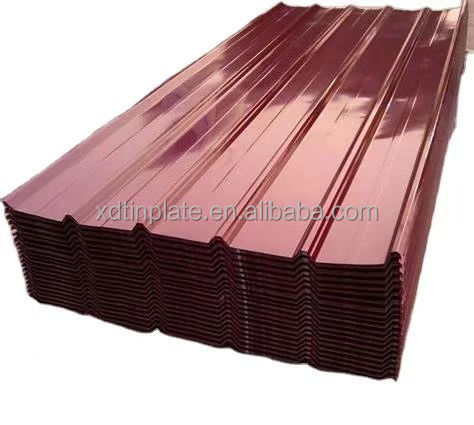
Aug . 17, 2024 14:11 Back to list
Exploring Manufacturers of Spice Tin Containers and Packaging Solutions
The Production and Significance of Spice Tin Box Factories
In the world of culinary arts, spices play an indispensable role in enhancing flavors and elevating dishes to new heights. As the global demand for spices continues to rise, the packaging industry has evolved to meet this need, with spice tin box factories emerging as vital players in this domain. This article explores the significance of spice tin box factories, their manufacturing processes, and the broader impact they have on both consumers and the environment.
The Importance of Packaging in the Spice Industry
Packaging serves as the first point of interaction between a product and the consumer. For spices, effective packaging is crucial not only for preserving freshness but also for maintaining flavor and aroma. Spice tin boxes, in particular, have gained popularity due to their durability and ability to protect against moisture, light, and air—factors that can degrade the quality of spices.
Spice tin box factories specialize in producing a wide range of packaging solutions tailored to meet the specific needs of spice producers. These containers come in various sizes, designs, and finishes, allowing brands to differentiate themselves in a competitive market. Additionally, tin is a recyclable material, making it an eco-friendly option that appeals to environmentally-conscious consumers.
The Manufacturing Process
The manufacturing process of spice tin boxes involves several stages, beginning with the procurement of raw materials. High-quality tinplate is typically used to ensure both sturdiness and a sleek appearance. The production process includes several key steps
1. Cutting and Shaping Sheets of tinplate are cut into specific shapes that will form the body of the tin. This step is crucial as the dimensions need to be precise to ensure a perfect fit.
2. Printing and Design Custom printing is done on the tin boxes to feature branding, nutritional information, and other essential details. This process often employs high-quality inks and finishes to create visually appealing designs.
spice tin box factories

3. Assembly After printing, the cut pieces are assembled and sealed to form the final product. This might include adding lids, which can be designed for easy opening and resealing.
4. Quality Control Before dispatching, each batch of spice tin boxes undergoes rigorous quality checks to ensure they meet industry standards. This includes testing for durability, sealing effectiveness, and visual appeal.
Environmental Impact and Sustainability
With an increasing focus on sustainability, spice tin box factories are also exploring more environmentally friendly practices. Many are adopting energy-efficient production methods and sourcing materials from sustainable sources. The recyclability of tin, combined with innovative manufacturing processes, minimizes waste and reduces the carbon footprint associated with spice packaging.
Furthermore, by promoting the use of long-lasting and reusable tin containers, spice tin box manufacturers encourage consumers to move away from single-use plastics. This shift not only benefits the environment but also fosters a culture of sustainability among consumers.
A Growing Market
The market for spice tin box factories is expanding, driven by the global rise in culinary exploration and the increasing popularity of natural and organic spices. This growth presents opportunities for both manufacturers and spice producers to collaborate closely, ensuring that spices are packaged in a way that showcases their quality while appealing to modern consumers.
In conclusion, spice tin box factories play an essential role in the spice industry by providing innovative packaging solutions that enhance product appeal, maintain spice integrity, and contribute to environmental sustainability. As trends in culinary arts and consumer preferences continue to evolve, these factories will remain a pivotal component in delivering high-quality spice products to consumers worldwide.
-
Affordable Insurance for Used Cars – Compare Used vs New Car Insurance & Save
NewsJun.10,2025
-
Find Quality Ancira Boerne Used Cars Affordable, Reliable Pre-Owned Vehicles for Every Lifestyle
NewsJun.10,2025
-
Affordable Used Cars St Augustine FL Toyota Deals & Savings
NewsJun.10,2025
-
Used BMW 1 Series Cars Luxury Performance & Value Deals
NewsJun.10,2025
-
Wuling Mini EV X2 Price in Malaysia Compact EV Specs
NewsJun.09,2025
-
Should You Buy a Used Rental Car? Save Money & Trusted Quality
NewsJun.09,2025